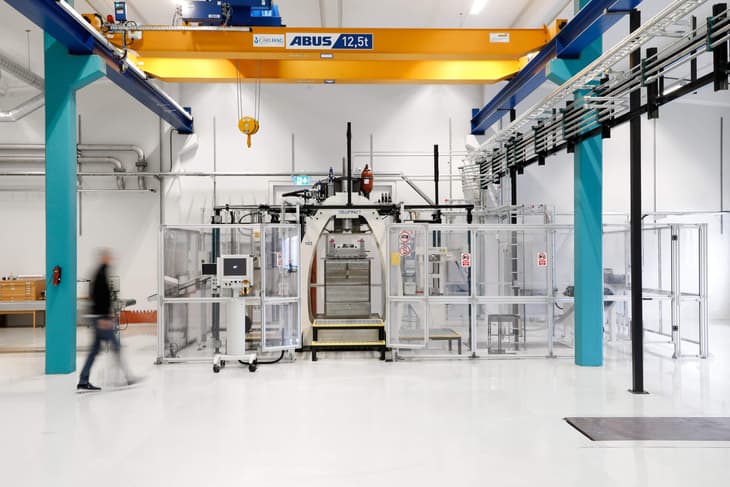Hydrogen fuel cell interest has boomed in the last couple of years, and the reason is simple; who wouldn’t like a decarbonised clean drivetrain technology to power our trucks, trains, boats, and planes? And even though fuel cell costs have dropped substantially from the $120/kWh of 15 years ago, we are still not quite at the wanted target cost of around $30-40/kWh.
At Cell Impact we’re focused on simplifying and reducing the cost of one of the critical components in the fuel cell stack – the flow plates. Between these plates, the chemical reaction between hydrogen and oxygen takes place, creating electricity in the process.
Scaling up
Humans have been shaping and forming metal for thousands of years. The Industrial Revolution introduced a fantastic plethora of technologies to manufacture precisely the metal shapes we need for our machinery.
When it comes to thin metals, we see technologies like servo pressing, conventional hydraulic pressing, hydro-forming, and etching being used to produce flow plates.
However, these technologies run into substantial cost or throughput barriers when you need to transition from R&D prototyping/validation to large-scale manufacturing. Note that even a relatively small-scale production of 10,000 fuel cells, each with 300 bipolar flow plates, would require the manufacturing of over 6,000,000 (six million!) precisely shaped identical flow plates.
... to continue reading you must be subscribed





